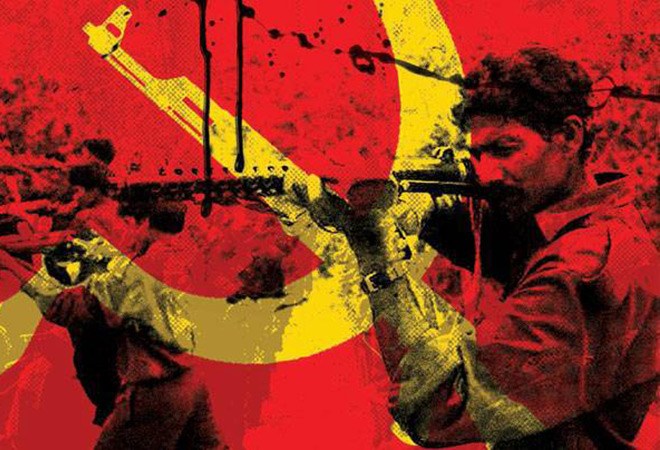Historical Perspective
Terming the Tribal Unrest as a law and order situation would be gross underestimation of this long drawn symptom. Exploring the historical root of unrest would be the right way to formulate pragmatic response to this problem.

1965-51 Telengana Kissan Andolan spearheaded by Lefitists is even now termed as the Golden period of Indian Peasant Movement. Mao’s People’s Movement that took place at the same time in China gave a Philip to Indian Communist Movement. As the movement progressed, difference of opinon started emerging.. B T Randive led the Communist Party of India’s faction started calling it Stalinist CPM, and called Mao as the Tito of China.

Another faction that was fighting against Nizam at Telengana, having seen that the Congress could succeed in dethroning the Nizam and liquidating the Zamindari system and it’s clutches over poor peasants, CPM’s prominent leaders like Ajay Ghosh and S A Dange took Centrist line, insisted upon parliamentary politics. And the Communists succeeded in forming an elected government in Kerala. This sent a clear wedge across the Movement. Just after the Chinese War the difference was formalized with the factions becoming CPI was then divided into three factions :the Nationalist, the Internationalist, and the Centrist.
 The Nationalist led by party general secretary S A Dange, were supporting India’s war on China. The Internationalist denounced the war and stood in fever of China. The had also made up their mind to break away from the CPI. The centrist on the other hand, although in fever of a friendly relationship with China, were not ready to split from the CPI as yet. While the former proposing peaceful road to non-capital development, the latter adopted the Centrist line, both parties entered into Parliamentary Politics and formed United Front Government in West Bengal.
The Nationalist led by party general secretary S A Dange, were supporting India’s war on China. The Internationalist denounced the war and stood in fever of China. The had also made up their mind to break away from the CPI. The centrist on the other hand, although in fever of a friendly relationship with China, were not ready to split from the CPI as yet. While the former proposing peaceful road to non-capital development, the latter adopted the Centrist line, both parties entered into Parliamentary Politics and formed United Front Government in West Bengal.
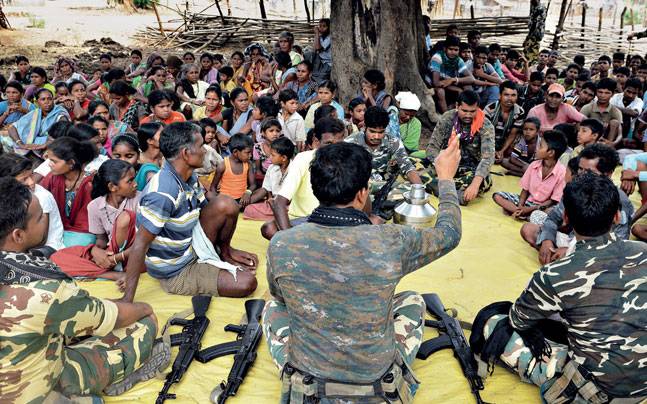
The advent of Naxalbari communist upsurge in 1967 gave a scope for extreme communists primarily from CPI(M) and substantially from CPI across the country to consolidate their force to orchestrate Indian Red Revolution, with Charu Majumdar even declaring Mao Tse Tung as “our Chairman”.

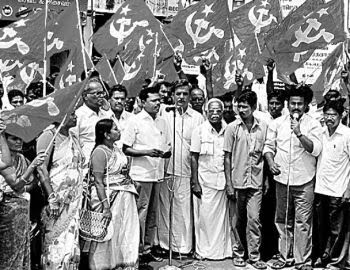
The Rise of Communist Movements and their success across the world, particularly in South America and of course the grand success in China strengthened the resolve of the extreme wing of the Indian Communist, towards people’s revolution and non-parliamentary means of transformation. While the Parliament brought about a fine Constitution and the government believed that every problem of the people, be it at the elite level or grass-root can be address within the frame of constitution, Congress, the then ruling party could not reach the grass root as much as it reached the middle and upper section of the nation society. Communists groomed themselves in that void.
Congress which had a strong socialist bent did pursue social justice thro parliamentary processes and gave nationally a fair image of governance. The political influence of Congress was the limit of Communist. Prolonged delay in succeeding much of the grass-root and it left the extreme wing in a despair, for their movement was not progressing as intended. This despair drove the extreme sections of the extreme towards violent revolt.
Naxalism : Present status:
Much of the Naxal movemenent is spread over the Tribal forest and mountain ranges of central India. Statistics say there were over 67 groups of Naxals in the early 70s which grew to about 150 factions of Naxalism. Most of them are named after their founder leaders – Reddy Group, Misra Group, Ganesh Group, Santhal Group, Bhajjee Group… There are over 10000-20000 armed cadres in various factions put together. Periodical efforts to form a united front of Naxals did provide results, but not conclusive. Prominent among them was the 2004 effort to build a United Front to re-orchestrate China like ‘People’s Movement’, involving youth, women cadres armed with sophisticated modern weapons, pledging for harakiri.
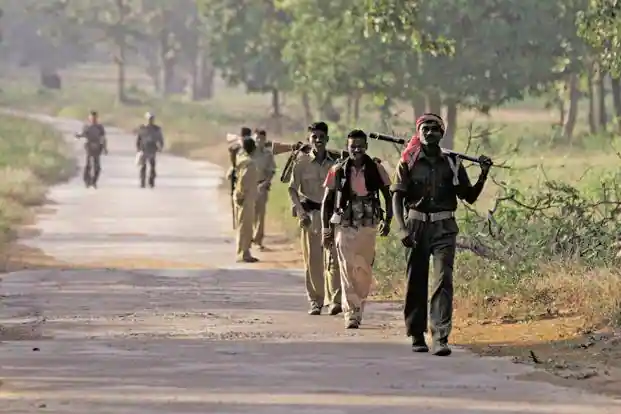
Government launched ‘Red hunt’ to curb Naxal mushrooming against which the Naxals launched ‘Red Hunt’. It is yet another harakiri. It seems Naxals suffer gross over estimation of their strength vis a vis Government’s. With the availability of surveillance gadgets and combat equipments, a determined Government can curb Naxals in few weeks time. Looks like Government is determined otherwise; perhaps allowing the existence of Naxals in a sense helps the Government maintain stiff security cover in those naturally rich zones and allow the MNCs to creep in to those zones and exploit the minerals in the name of development. It is evident from history , Governments are more comfortable with violent upsurge than peaceful people protest (for eg . Project on Koel Karo Dam in the then southern Bihar had to be abandoned on the face of widespread public resistance; Kerala’s Silent Valley project, Bhamragad (Gadchiroli) Dam projects were abandoned all on account of peaceful public protest), and maintaining stiff armed security under the pretext of Naxalism, enable the Government to promote such hyper exploitative MNC Minings without any trace of people’s upsurge.
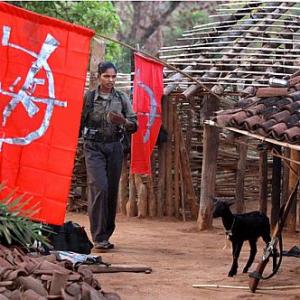
There is evidently an increasing discontentment and anxiety among the people. Without going to the root of this discontentment, and by adopting ad hoc legal remedies we will be only aggravate the situation. The actual problem is related to livelihood of millions, it is inequitable distribution of development benefits.
In a society where even today over 60 per cent are land based people, of whom substantial section is landless laborers, the issue of livelihood is a colossal problem. In spite of the historical Land Reform, Land Ceiling Acts, we have not addressed even after 75 years of independence, the issue of on the one side large scale land holding and on the other hand large section of people remaining landless farmers. Pushed to the edge of poverty people are driven to eke out life depending on their own Jal, Jungle and Jamin. Whereas, after the MNCs set their eyes on Land, Water and Forest resources (mines), even that livelihood scope is denied to them.
The anger and aggression of the masses of those areas are the result of such systemic denial and deprivation which Naxals claim to represent thro their armed revolt.
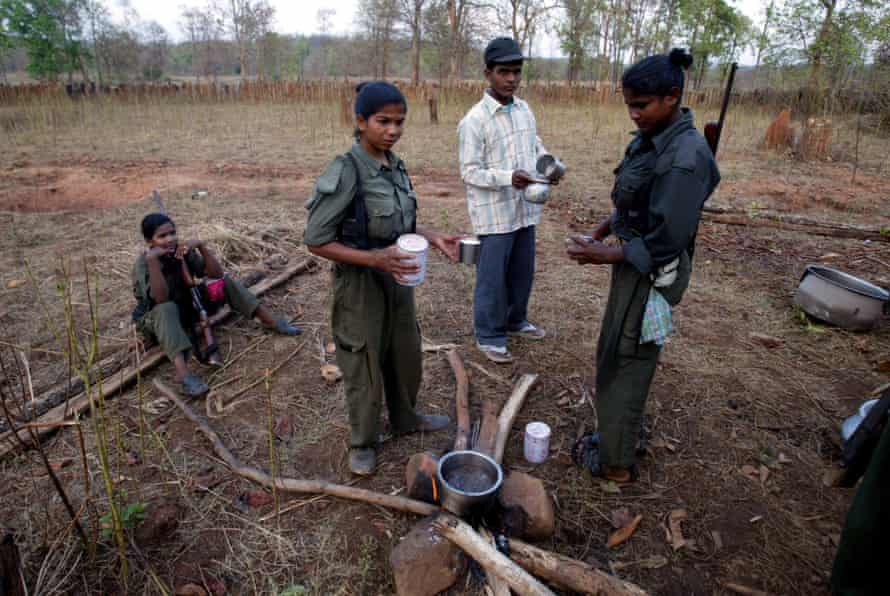
Government claims to have achieved a healthy GDP growth. Where does the benefit of such growth flows and who are the beneficiaries are matter for economic scrutiny. A cursory glance of the real beneficiaries would lead us to the source of general discontentment and how it works for widening the gap between City-Rural divide, upper-Lower class disparity, pathetic life prospects of tribals in remote forests are matters of grave concern. In the name of development over 10 Crore people are displaced; it is in fact more people than the population of quite a few countries. Displaced people are uprooted not only from their land, but mooring and social binding too, susceptible to easy provocation and violent retaliation. It is unlikely that the vastly equipped Government machinery doesn’t understand this. Efforts to address the problem of Naxals would be in vain, until these issues of peoples’ livelihood are sufficiently corrected.
Community is polarized on development front too. Few rich beneficiaries and large section of marginalized constitute these two poles. Health, Education, Information, Standard of Living etc. etc., are distributed between these poles with blatant inequality. Power and Money goes to the pole of few while the large other pole remains powerless, aggravating the anxiety and anger. And by committing the mistake of branding is anger as Law and Order issue, the government has only succeeded in complicating and perpetuating the problem.
As it is not a law and order issue, but a clear socio, cultural, economic, ethnic and political problem, enhancing security budget is not going to help us solve it any more.
In fact Parliament made earnest effort. Constitutional amendment 73 and 74 pertaining to Tribal self rule as well as Rural Employment Guarantee Act, National Rehabilitation Policy are some of the finest endeavor to change the plight of the people on the disadvantaged pole. However, the problem still lingers in the sector of implementation.

In his speeches during Bihar Total Revoloution campaign -1974 JP used to tell thus: ‘ if only the laws and acts that are enshrined in the books of parliament are translated into meaningful action, India would have solved her problems long before. It’d not be an exaggeration if one says, delay and defect in implementation of these constitutional provision are also reasons that aggravate the problem of Naxalism.
Such endless delay for reasons unknown, lead us to question if the Government is interested in solving the problem or actually aggravate. This doubt is further deepened when we learn the government causally brand the problem of Naxals as Law and Order issue.
Possibilities:
The survey of the Forest Department, sixty per cent of forests and sixty three per cent of Reserve forests come under 187 Districts. These districts are classified in Schedule 5 and 6. Over 10 crore Tribals are living in these districts. Barring few districts in Punjab, Hariyana, Chandigarh and Pondicherry, Tribal people life in every other districts of the country.
Most of them still live in forests and mountains. Hence they were protected by the special provisions of Constitutional Articles244, 244A, 275 (1), 338(0), 339, that provide for their cultural preservation, security to their socio, economic and political institutions and systems. As part of special provision for these masses, Constitutional Special Amendment Act 73, 74 (PESA) were brought about by which their panchayat system of governance was preserved.

Rural Development Ministry constituted a one man committee in 2004. Similarly Planning Commission and Home Ministry together constituted another committee that submitted its report in 2008. The Committee Chairman Mr. D Bandobadhyaya, who drafted the famous Operation Bargha, Recommentation – 1977 on account of which the then West Bengal Government could curb the challenges of Naxals considerably, brought out a well studied report with proactive suggestions entitled: “Development Challenges in Extremist Affected Areas”
Committee reports are effective indeed. If only the Government cares to translate these recommendations into meaningful actions in letter and spirit, our struggle against issues such as Naxal would bear definite fruit. The casual attitude with which the recommendations of the committee are dealt with by the Government, compels people like me to doubt the very intention of the Government vis a vis its fight against Naxal Violence.

Mendha (Lekha) is a Tribal hamlet of 84 Families of 434 members belonging to Gond Tribal Community, situated 3 Kilometer from Dhanora (Tahsil) and 30 Kilometer from Gadchiroli (District HQ). This tiny hamlet stands as an iconic model for self rule, in spite of being in the thick of Naxal belt. Thartee years before this hamlet proclaimed, ‘In Delhi and Mumbai, it is our Government; and in our village we are the Government’ and started walking on the path shown by Gandhi and Vinobha. After long persuasion the village panchayat unanimously resolved that their village was ‘Gramdan Village’ in the year 2013. Surprisingly this is the first Gramdan village in the country in 50 years. Their Panchayat takes every decision unanimously through consensus. They have formed ‘Gaon Samaj Sabha’ which is different form Gram Panchayat, to deliberate the affairs of the village. Every decision of the village is made through this Sabha.
Ministry of Rural Development brought out, in 2012 an act to preserve the economy of forest based villages. According to this act, forest villages have get as their common property the surrounding forest to the extent of 2 Kilometer radius. Mr. Jairam Ramesh, the then Minister of Rural Development came especially to Mendha Panchayat to pronounce this act. They now harvest every minor forest product from their surrounding forest of 2 KM Radius. Panchayat has the right to decide their development and without their consent no action can be taken over their common property (surrounding forest). The village is now completely free from poverty and unemployment. This village is a rare example of collective effort of the entire village.
Embolden by their democratic strength and economic experience, now Mendha Panchayat has demanded a forest stretch of 18 Kilometer radius as their common property.

This village is an ideal example for the more than seven lakh villages and cities of the country. As naxalism hovers over the issue of poverty, underdevelopment, it is important the Government and the Naxal leaders learn from the experience of Mendha and emulate in other villages, much of Naxal killing and violence can be reduced to nil. All we need is concern for humans and care for their welfare.
.
.
A speech by Dr.Suresh Khairnar

